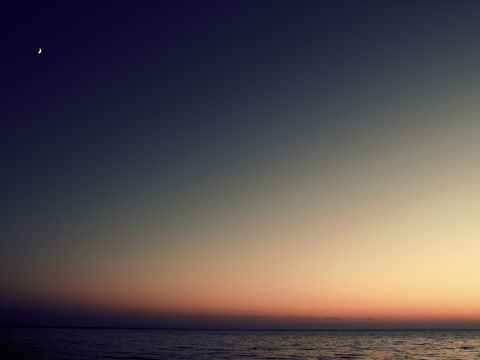CERN has the privilege of housing the scientific archive of 1945 Nobel-prizewinning physicist Wolfgang Pauli. This small but historically valuable collection was donated by Pauli’s widow who, with the help of friends, tracked down originals or copies of his numerous letters. This correspondence, with Bohr, Heisenberg, Einstein and others, provides an invaluable resource on the development of 20th century science.
Franca Pauli can be seen here with two of CERN’s founding fathers, Francis Perrin and François de Rose, at the inauguration of CERN’s Pauli Memorial Room (Salle Pauli) on 14 June 1960 (press release, in French). The Archive also includes photographs, manuscripts, notes, and a rare audio recording of Pauli lecturing in 1958. Many items have been digitized and are available online; more information is available here.

